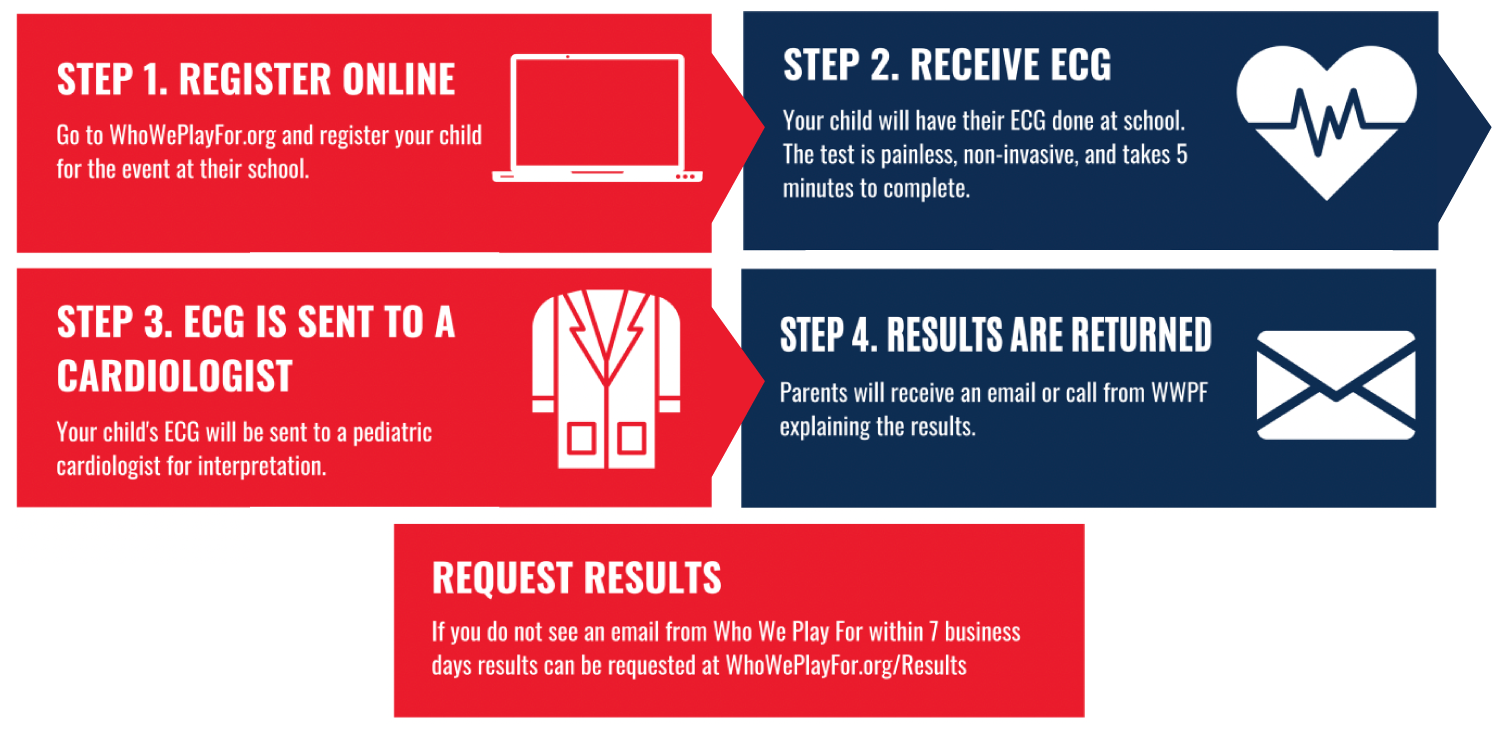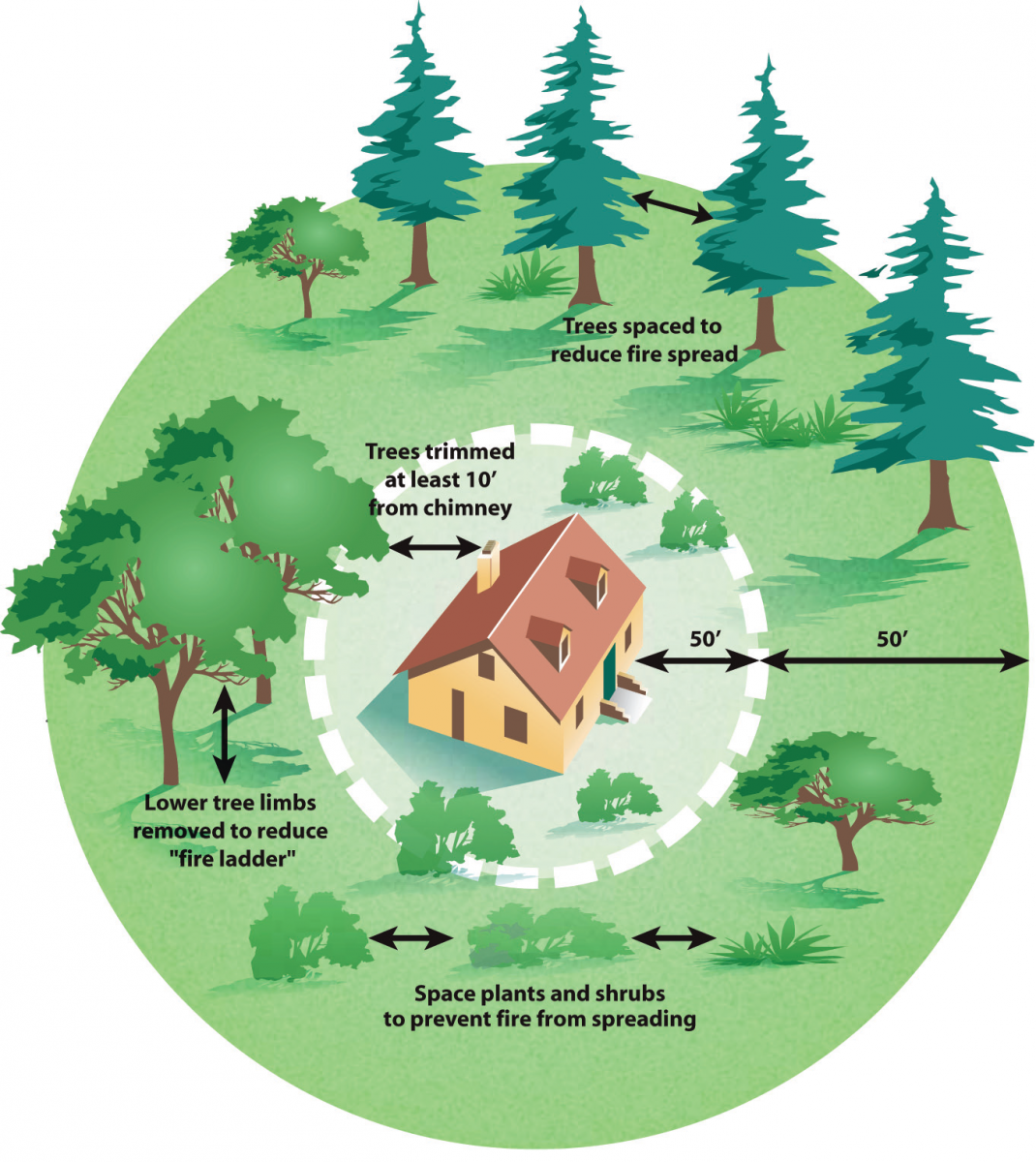June 7, 2023
3:30-6:30pm
SAHS Gym
3705 Columbus St SE
Download a consent form (pdf)
Fill out and bring with you.

Simple, quick $20* heart screenings for youth 11 and over.
More athletes die from Sudden Cardiac Arrest than any other cause, and most show no symptoms and have no history of heart problems. Studies show physicals are only 1% effective, but adding a simple electrocardiogram (ECG, also known as EKG) catches up to 94% of heart issues.
*Financial assistance available
Financial assistance with the screening fee is available with the help of the Albany Firefighters Community Assistance Fund.
Contact Sandy Roberts at 541-917-7734 or

- Details

- Details
The PulsePoint smartphone app empowers residents to take action during a cardiac event, while awaiting response by EMS professionals.
The app notifies users of the closest available Automated External Defibrillator (AED). Early application of bystander CPR and rapid defibrillation from an AED have proven to be crucial in improving a person’s chance of surviving sudden cardiac arrest (SCA). PulsePoint is not limited to emergency responders or those with official CPR certification. It can be used by anyone who has been trained in CPR.
The free PulsePoint app is available for iPhone and Android and can be downloaded from the iTunes Store and Google Play.
Linn County residents will find eight Linn County community Fire Departments and Districts are PulsePoint participants: Albany Fire Department, Brownsville Rural Fire District, Harrisburg Fire District, Halsey-Shedd Rural Fire Protection District, Lebanon Fire District, Tangent Fire District, Sweet Home Fire District and Scio Fire District.

- Details
The Community Paramedic Program (CPP) provides a new, innovative and transformational model of healthcare in our community. This program connects at-risk populations to appropriate resources, including patients who frequently use emergency services.
The CPP includes assessments, follow-up, and treatment to provide education and referrals in order to guide clients toward health and well-being, connect them with available services, and intervene with those who are unable or unwilling to take an active role in the management of their healthcare. As a result, reduces healthcare costs by providing appropriate level care in our community, reducing the use of traditional emergency services.
Contact
Community Paramedic
Hillary Kosmicki
Office 541-917-7733
Cell 541-971-7541
Medical Assessment & In-Home Care
A systematic approach to evaluating a patient’s current or chronic medical conditions that is used to communicate with the Medical Home and/or primary care physician. Services could include ECG, blood draw, basic vital signs, blood glucose levels, and carbon monoxide monitoring.
Activities of Daily Living Assessment
Assess patient’s capacity for bathing, dressing, toileting, transferring, continence, and feeding. Provide referral to home healthcare as needed.
Home Safety Assessment
Assess patient’s environment for safety related to the exterior and interior of the home, stairs, kitchen, bathroom, bedroom, and assistive medical devices.
Medication Reconciliation
Support patient, family and/or caregiver in the proper usage of home medications. Ensure thorough documentation of all prescription and non-prescription medications. Encourage the use of one, single pharmacy for medication oversight and consistency.
Community Resource Referral
When identified, provide assistance in referring patient to Senior Disability Services, Mental Health, Public Health, home health providers, non-emergent transport agencies, and other social service providers.
Hospital Discharge Planning Advocate
Provide in-home services to patient not meeting home health standard to provide coordination and patient, family, and/or caregiver understanding of hospital discharge plan. Services may include pharmacy assistance, follow-up with primary care physician, and coordination with discharge management services.
Collaboration with Primary Care Physician
Support patient, family, and/or caregiver in the proper usage of home medications and management of chronic illness. Report any signs or symptoms that might require an office visit.

- Details
The 2015 fire in Northwest Corvallis showed that you don't have to live in the countryside to be affected by wildfire. Keeping a defensible space around your home is important no matter where you live. Check out these resources below:
Fire Resistant Landscaping Tips
Prepared to Prevent Fires at Home
Year-Long Tips for Home and Landscape
You can make your home and its surroundings safer from wildfire by using these tips.
- Keep your lawn and landscape healthy by mowing regularly, watering and removing any dead or decayed plants.
- Use fire-resistant plants in your landscape. OSU Extension Service can show you how!
- Prune trees so the lowest limbs are 6-10 feet from the ground. Remove dead or overhanging branches.
- Remove leaf clutter and pine needles from gutters, under your deck and around your home.
- Create a "fire free" area within five feet of your home, using nonflammable landscaping materials and low-growing, high moisture plants around your home.
- Consider using Class-A asphalt roof shingles, clay tile, or slate roofing materials.
- Enclose eaves and bird stops to keep out firebrands.
- Keep firewood piles, propane tanks and other flammable items at least 30 feet away from your home, deck, or porch.

Albany Fire Department offers free wildfire and home ignition risk assessments to help you understand the unique wildfire risks around your property.
We can provide assessments of properties within the juristictional boundaries of the City of Albany, Palestine Rural Fire Protection District, North Albany Rural Fire Protection, Albany Rural Fire Protection District and any area that Albany Fire provides fire suppression.
When a Wildfire Threatens...
Here are some important tasks you can do when a wildfire is imminent.
- Be sure gutters, roof, and valleys are clear of leaves and dead branches.
- Remove combustible materials - lawn furniture, doormats, garden accessories and tarps, etc. from decks and around the house.
- Close attic, basement, outside & pet doors, vents and windows.
- Remove flammable drapes from windows; close shutters and blinds.
- Connect garden hose and fill large containers with water inside and outside.
- Wet down vegetation within 30 feet of home.
- Leave doors and windows unlocked; disconnect garage door opener for firefighter access.
- Shut off natural gas, propane, or fuel oil supplies at the source.
- Evacuate early with valuable papers.
More resources
- http://www.keeporegongreen.org/
- http://www.oregon.gov/odf/Pages/fire/fire.aspx
- http://www.firewise.org/wildfire-preparedness/be-firewise/home-and-landscape.aspx
- http://www.wildlandfirersg.org/
- Details


